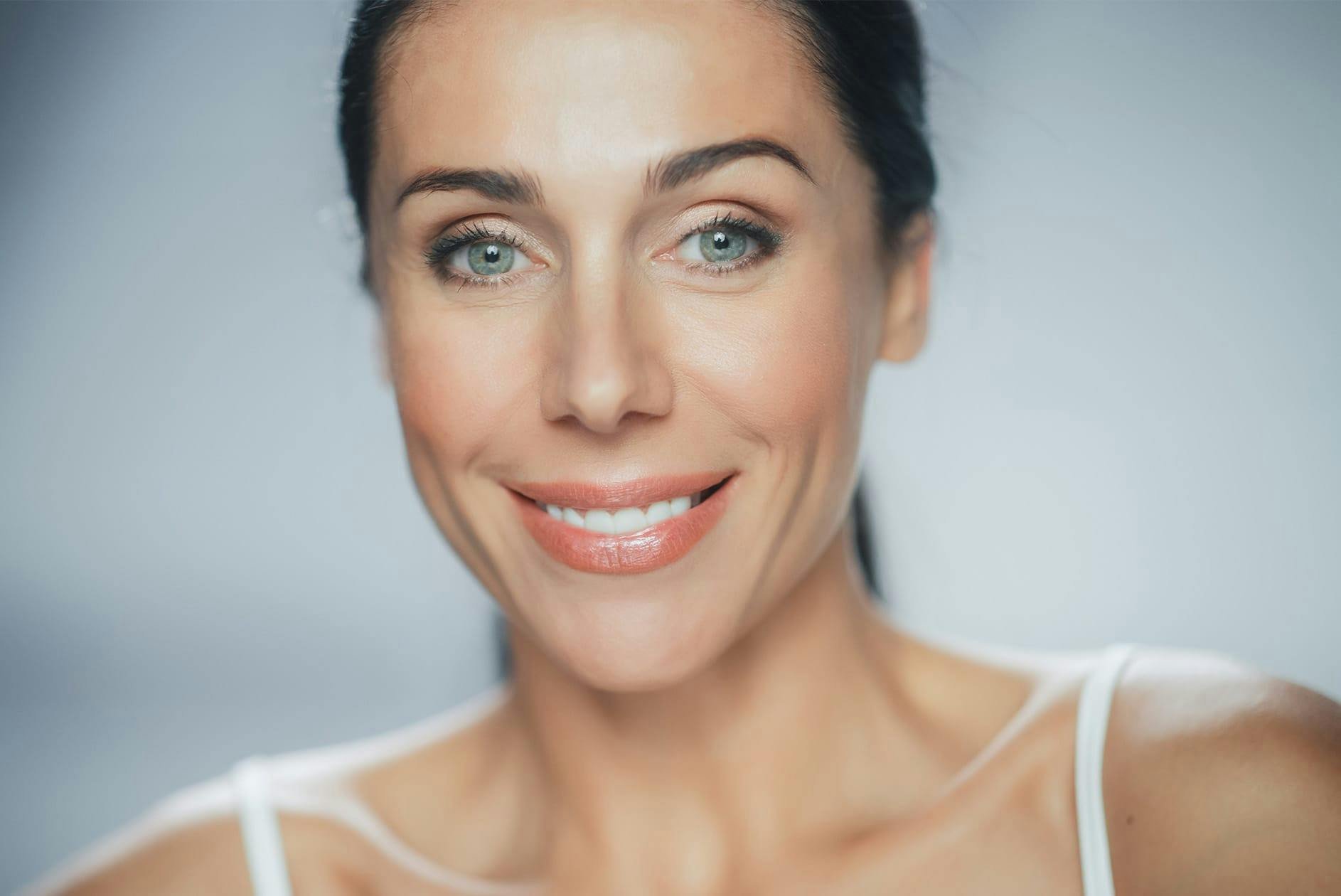The eyes reflect our emotions, making us look happy, sad, or angry. However, when you appear tired, sad, or worried, even when you are not, you may have to blame the aging process rather than your emotions.
Refreshing Your Appearance in San Francisco
Eyelid surgery is a relatively quick, comfortable process that offers dramatic results in refreshing your appearance. Corey S. Maas, MD, and the staff at The Maas Clinic™ in San Francisco look forward to answering any questions you might have about blepharoplasty surgery. To schedule an appointment with us today, contact us today.
Corey S. Maas, MD, reviewed the information about blepharoplasty. If you have any questions, please don't hesitate to contact us using our contact form below.

























